Abstract: In this upgrade of water treatment equipment, the SR40 model CPU of SMART series PLC is used as the controller, the SAMRT700IE man-machine interface is used as the monitoring operator, and the EMAM06 (4AI/2AQ) is used for conductivity, pressure, temperature, etc. The analog signal is processed. Through this transformation, the system functions of the SR40 model CPU were fully utilized to realize the control and monitoring of the equipment, and also gave me a new understanding of the functions of the minicomputer. With the rapid development of my country’s economy and the significant increase in comprehensive national strength, scientific and technological exchanges and cooperation in various academic fields have been widely carried out; as one of the important components in the purification field of hemodialysis water treatment equipment-water treatment, it has gained more and more attention. More and more attention. Its progress and development will directly affect the quality of life of patients with medical inspection and analysis pure water machines, and will have far-reaching significance for improving and extending the lives of patients. The standard to measure the quality of dialysis water treatment products is whether they can provide high-quality purified water for hemodialysis. As a medical device itself, completeness of function, stability of performance, and ease of operation are also very important indicators. In March 2015, the State Food and Drug Administration is about to implement a new water standard for dialysis (YY0572-2015). The new standard puts forward higher requirements for water treatment equipment. In order to respond to national requirements while adapting to market development, the company decided to upgrade the entire system . Taking into account the requirements of medical equipment for system stability, it was decided to switch the control system to a Siemens control system. Municipal tap water—raw water tank—raw water pump—sand filter—carbon filter—softener—precision filter—reverse osmosis host—pure water tank—pure water pump—UV sterilizer—precision filter— -―Pure water 1. The original water tank Function: Overcoming the instability of the water supply of the pipe network, ensuring the stable and continuous water supply of the entire system; at the same time, it also provides a guarantee for the long-term reliability of the equipment. 2. Raw water pump Function: Provide necessary working pressure for pretreatment equipment. 3. Mechanical filter (quartz sand filter) Function: The raw water first passes through a mechanical filter, and 12-24 mesh fine quartz sand is placed in the filter, so that the flocs, rust and other suspended impurities in the raw water are intercepted in the process. Because the mechanical filter retains a large amount of suspended impurities during work, 4. Activated carbon filter Function: This process adopts activated carbon filter, which is very important as the pretreatment of reverse osmosis device. Reverse osmosis system requires water inlet index SDI≤5, residual chlorine 5. Automatic water softener or dosing device Function: The process of removing the hardness (Ca2+, Mg2+) in the water is called softening. The equipment is filled with 001×7 strong acid Na ion exchange resin, and sodium ions are used to replace calcium and magnesium ions in the raw water, so that the residual hardness of the raw water is less than 0.03mmol/L. The purpose of softening is to prevent scaling on the surface of the reverse osmosis membrane, so as to extend the service life and treatment efficiency of the reverse osmosis membrane. 6. Precision filter Function: Precision filtration is also called security filter. It is a treatment process before raw water enters the reverse osmosis membrane device. The PP filter element has the characteristics of large filtration flow, large dirt holding capacity, and small pressure loss. It can intercept impurity particles of different particle sizes and collect surface filtration. Integrated with deep filtration. The precision filter is also clogged after a certain period of use. Therefore, the PP melt blown filter element must be replaced after a certain period of time. The replacement basis: the pressure difference before and after the precision filter is replaced when the pressure difference is 0.05-0.1Mpa. 7. High pressure pump Function: The high-pressure pump is to provide the working pressure of the product water flow and water quality required by the reverse osmosis system. After the filtered water passes through the pump body, it reaches a pressure of about 10 kg to meet the inlet pressure of the membrane body and ensure the output of pure water. 8. Reverse osmosis device (pure water device) Function: The reverse osmosis device is the main part of the purified water production line. This device uses the energy-saving composite membrane ESPA type reverse osmosis membrane element produced by the Dow Company of the United States. ESPA series are brackish water desalination membranes with high desalination rate. Can be operated at a lower level Under operating pressure, high water flux is obtained, and its average salt rejection rate is 99.5%. Because ESPA membrane has the above-mentioned advantages, it provides a wider space for the selection of auxiliary equipment such as water pumps, pressure vessels, pipes, and valves. And the use of a smaller power motor can meet the needs of the work. At the same time, the characteristics of high water flux and high desalination rate of ESPA membrane greatly reduce equipment manufacturing costs and system equipment investment costs, and can save a lot of energy, reduce system operating costs, and improve water quality. 9. Water tank (original water tank) Function: Reserve reverse osmosis product water and provide stable water supply for the next level of system work. Control: There are high and low level switches in the water tank to control the high pressure pump and booster pump. When the balance water tank is at a low water level, the booster pump automatically starts to produce water. When the water tank is at a high water level, the high-pressure pump stops working. 10. Booster pump Function: Provide the necessary working pressure for the subsequent mixed bed. 11. Purified water tank (finished water tank) Function: The mixed bed effluent enters the purified water tank, and then is sent to each water point through the purified water tank. 12. The function of the fine filter processor: 1μm polypropylene material filter element is selected, which can effectively intercept the extremely small particles and kill bacteria in the pipeline Preprocessing part Device host Equipment as a whole Equipment pipeline Application hall Pure water for dialysis machine 1. Control scheme design According to the characteristics of this system, a small plc is selected. The system needs to install an analog control module for analog control of pressure, conductance, temperature, etc., and use the man-machine interface to complete the operation and monitoring of the equipment. 2. IO meter design and PLC selection 3. Selection of other main electrical equipment In addition, other main equipments are selected as follows: Equipment control cabinet 1. IO control program programming and debugging Main program: program initialization → main program → subprogram call → output control Subroutines: 1, automatic 2, manual 3, timing switch 4, pulse flushing 5, data processing 6, chemical disinfection 7, thermal disinfection 8, pid calculation 9, emergency water supply 10, recording operation 11, alarm processing 1. Screen programming and debugging Although the S7-200 SMART sparrow is small and complete, the SR40 type CPU PLC used this time is used for system design and programming. The overall performance is good, and it is very suitable for use in occasions where the system points are not required. Compared with the previous control system, although the number of control points is slightly reduced, the integrated serial port of the main body provides very convenient conditions for the establishment of the communication bus, so that many more complex devices can be simply connected to the PLC, and the PLC itself Has the characteristic of being expandable. Welding cable is a type of electrical cable that is specifically designed for use in welding applications. It is made up of fine copper strands that are coated with a durable, heat-resistant insulation material. The insulation material is resistant to cuts, tears, abrasions, and other types of damage that can be caused by welding sparks and other hazards. Welding Cable,DC Welding Cable,Flexible Core Conductor Electrical Power Cable,Single Core Copper Welding Wire Ruitian Cable CO.,LTD. , https://www.hbruitiancable.com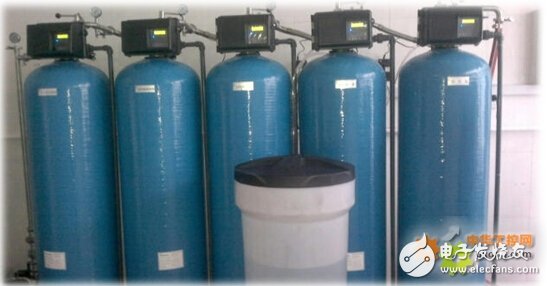
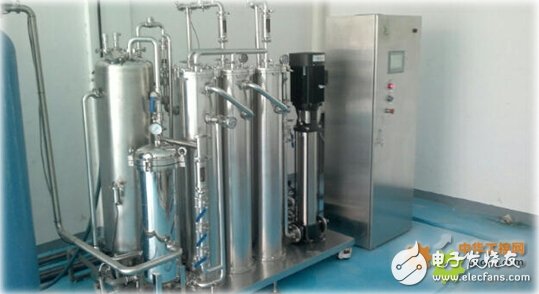
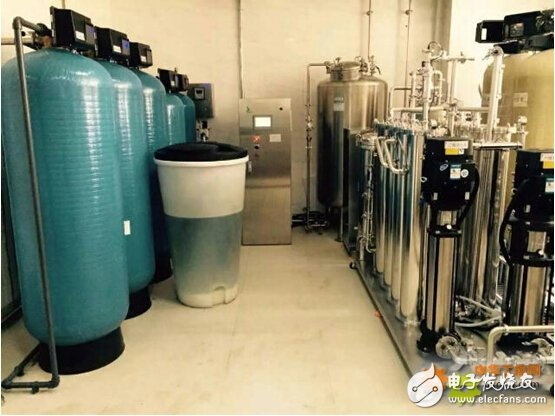

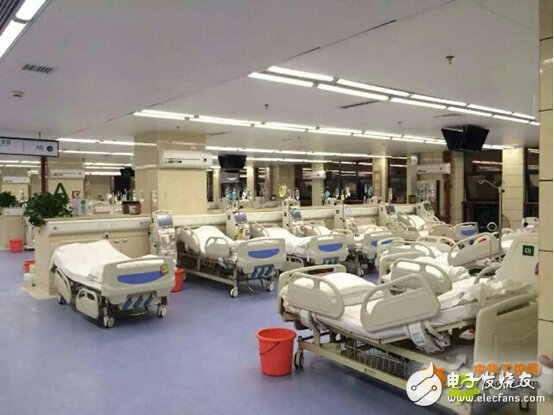

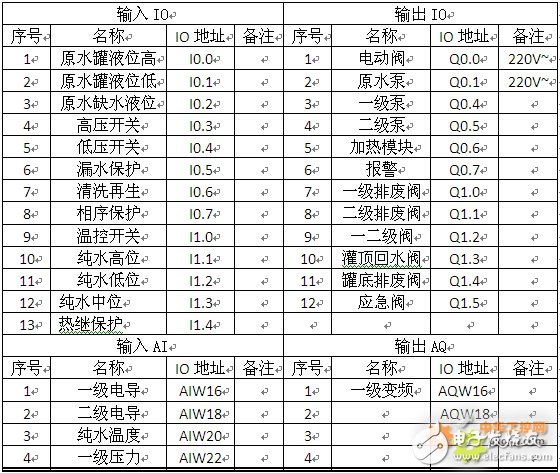

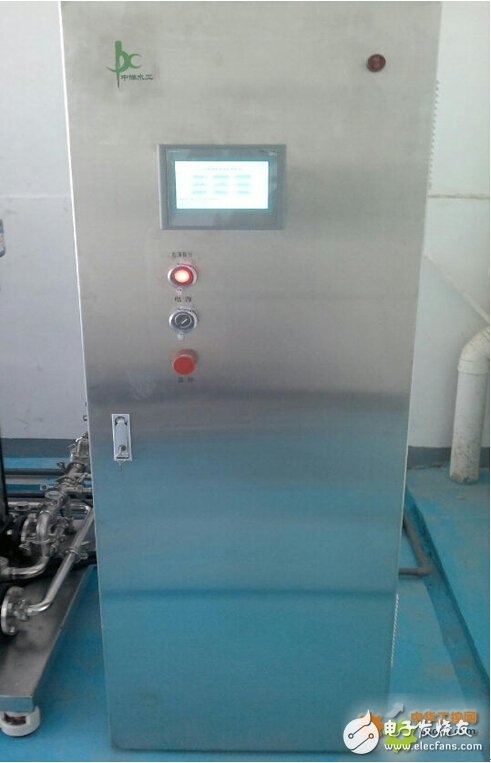
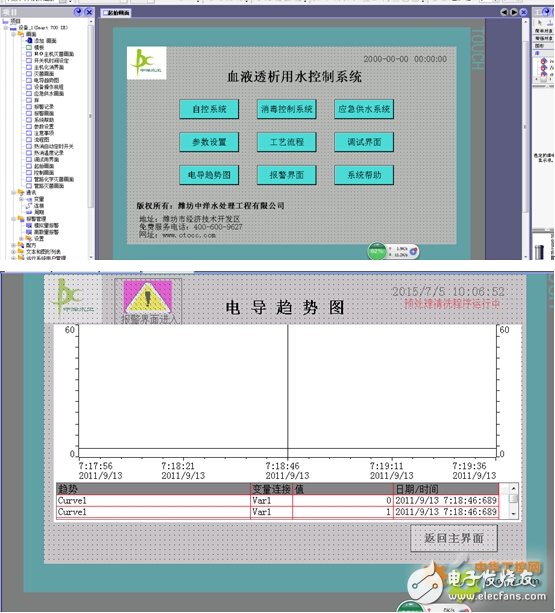

Welding cable is available in various sizes, ranging from 6 AWG to 4/0 AWG, and is typically sold in lengths of 25 feet or more. The cable is rated for high amperage and voltage, making it suitable for use in welding machines and other heavy-duty electrical equipment.
One of the key benefits of welding cable is its flexibility. The fine copper strands that make up the cable are highly flexible, which makes it easy to maneuver and position in tight spaces. This flexibility also helps to reduce the risk of fatigue and breakage, which can occur with less flexible cables.
Overall, welding cable is an essential component of any welding setup. It provides a reliable and durable electrical connection between the welding machine and the workpiece, helping to ensure safe and efficient welding operations.